LIFE
8 Things That Are No Longer Worth Their Price
Published
5 months agoon

Shutterstock
After the recent inflation surge that swept across the U.S. economy, Americans are still grappling with the escalating costs of everyday items. From groceries to daily essentials, the prices of basic necessities have seen a noticeable rise, putting a strain on household budgets. This economic challenge has forced many to reassess their spending habits, seeking more cost-effective alternatives and cutting back on non-essential expenditures.
An increasing number of consumers are beginning to question the value of these formerly dependable essentials in their everyday life.
Pizza

Shutterstock
The cost of ordering pizza has gone up significantly, with the average price for a large pepperoni pizza currently around $17. This increase is the result of rising ingredients costs and operation. While pizza remains a popular food choice, many are turning to homemade versions or seeking out smaller, local pizzerias that offer better value.
Cable Television
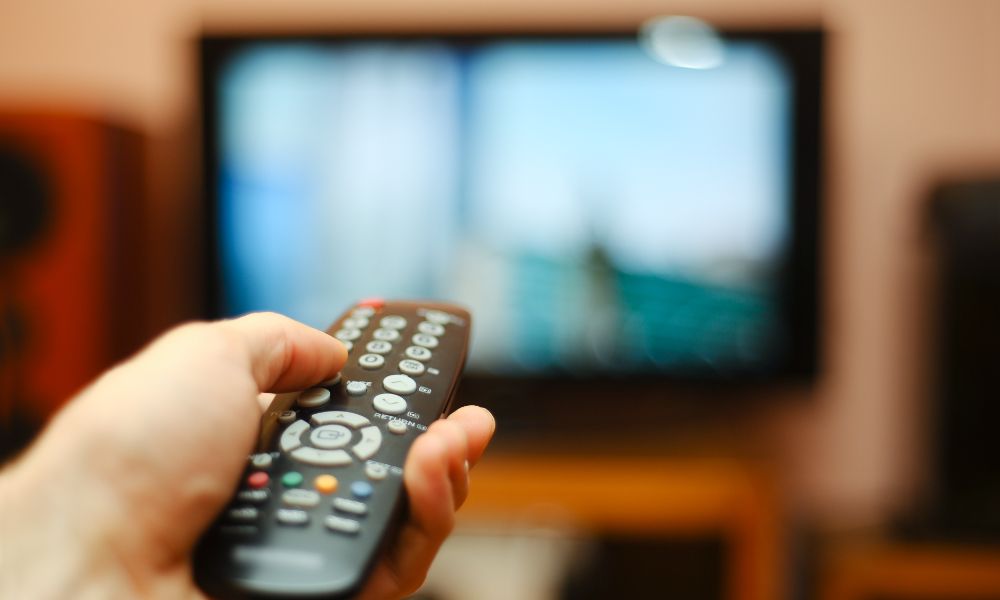
Shutterstock
The escalating costs of traditional cable services have reached a point where justifying the expenses becomes increasingly challenging, especially considering the surge in popularity and affordability of streaming services. As viewers seek more cost-effective alternatives, the value of conventional cable is diminishing, prompting a reassessment of its relevance in the age of on-demand streaming.
Fast Food

Shutterstock
Once a reliable choice for a quick and budget-friendly meal, the allure of fast food has waned with the disappearance of dollar value menus and noticeable price increases. The shift brings fast food prices closer to those of upscale restaurants, accompanied by concerns about diminishing portion sizes and food quality. This transformation in the fast-food landscape is reshaping consumer perceptions of its affordability and convenience.
Farmers Market
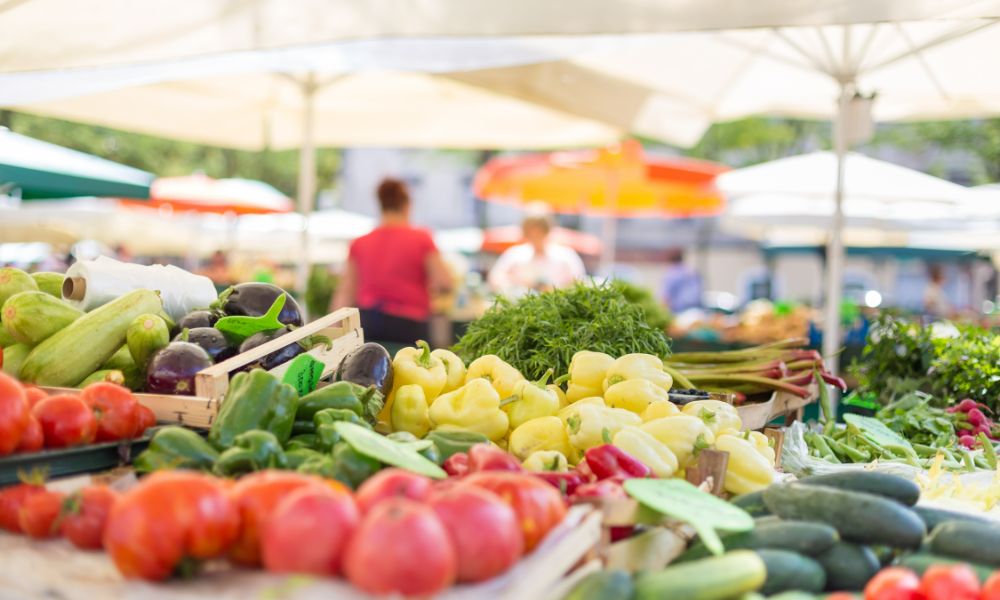
Shutterstock
Traditionally known for providing fresh, locally sourced produce at reasonable rates, farmers’ markets are grappling with the consequences of their own success. The increasing popularity of these markets has led to elevated pricing that often surpasses grocery store costs, challenging the perception of farmers’ markets as budget-friendly alternatives.
Coffee Shops

Shutterstock
It should be no surprise that prices at coffee shops have been climbing steadily, making daily coffee runs a costly habit. These shops charge a premium for convenience and ambience, but the actual product can often be replicated at home for a fraction of the cost. Consumers are increasingly investing in quality coffee makers and beans to enjoy similar beverages at home.
Thrifting
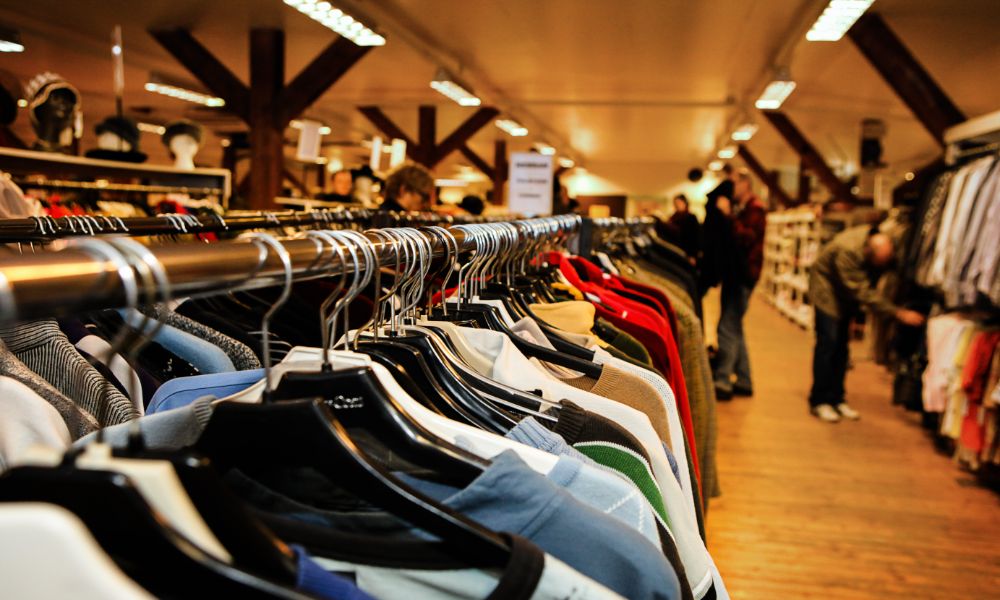
Shutterstock
The once-charming world of thrift stores, where hidden treasures could be found at budget-friendly rates, is undergoing a transformation. The rise of online thrift reselling has led to increased prices and reduced availability of unique finds, altering the appeal of thrifting for cost-conscious shoppers seeking bargains.
New Smartphones

Shutterstock
The price of new smartphones continues to escalate, often crossing the thousand-dollar mark. While they offer cutting-edge technology and features, the advancements over previous models are frequently incremental. Many consumers find that mid-range phones meet their needs at a fraction of the cost. The rapid depreciation in value of new smartphones also makes them a less attractive investment.
Food Delivery

Shutterstock
The declining appeal of third-party food delivery services stems from rising costs attributed to added fees and tips, longer wait times during peak periods, and concerns about compromised food quality and temperature. As the convenience of food delivery is weighed against these drawbacks, consumers are reevaluating its value.
Concert Tickets

Shutterstock
The increasing cost of concert tickets, accentuated by associated fees, has reshaped the experience of attending live events. Additional expenses like parking, concessions, and merchandise have seemingly transformed what was once an enjoyable evening out into a financial consideration that requires careful budget planning.
Conclusion

Shutterstock
Americans continue to face the reality of increasing prices for everyday items, impacting their standard of living and financial well-being. This economic shift is compelling individuals and families to adapt by prioritizing essential needs and seeking more budget-friendly alternatives. The situation underscores the importance of financial literacy and budget management, as people strive to balance quality of life with the realities of a changing economy. In these challenging times, the resilience and adaptability of consumers are key to navigating the complexities of an inflation-impacted market.
Related Topics:

More From Financially+
-


7 Subtle Habits of People Who Grew Up Middle-Class
-


10 Most Beautiful Places To Retire On Earth
-


6 High Stress Jobs (And What They Pay)
-


7 Things You Should Always Buy The Cheapest Version of
-
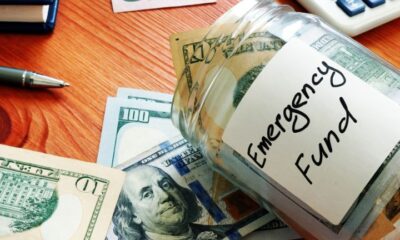

Here’s How Much Cash You Should Actually Have
-


9 Small Spending Habits That Add Up To Major Costs
-


Top 8 U.S. Cities For Affordable Retirement
-
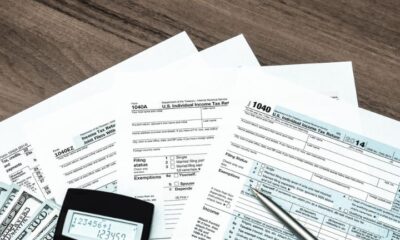

6 Crucial Tips To Help You Navigate Tax Season
-


Social Security: 4 Ways To Forfeit Or Reduce Your Benefits